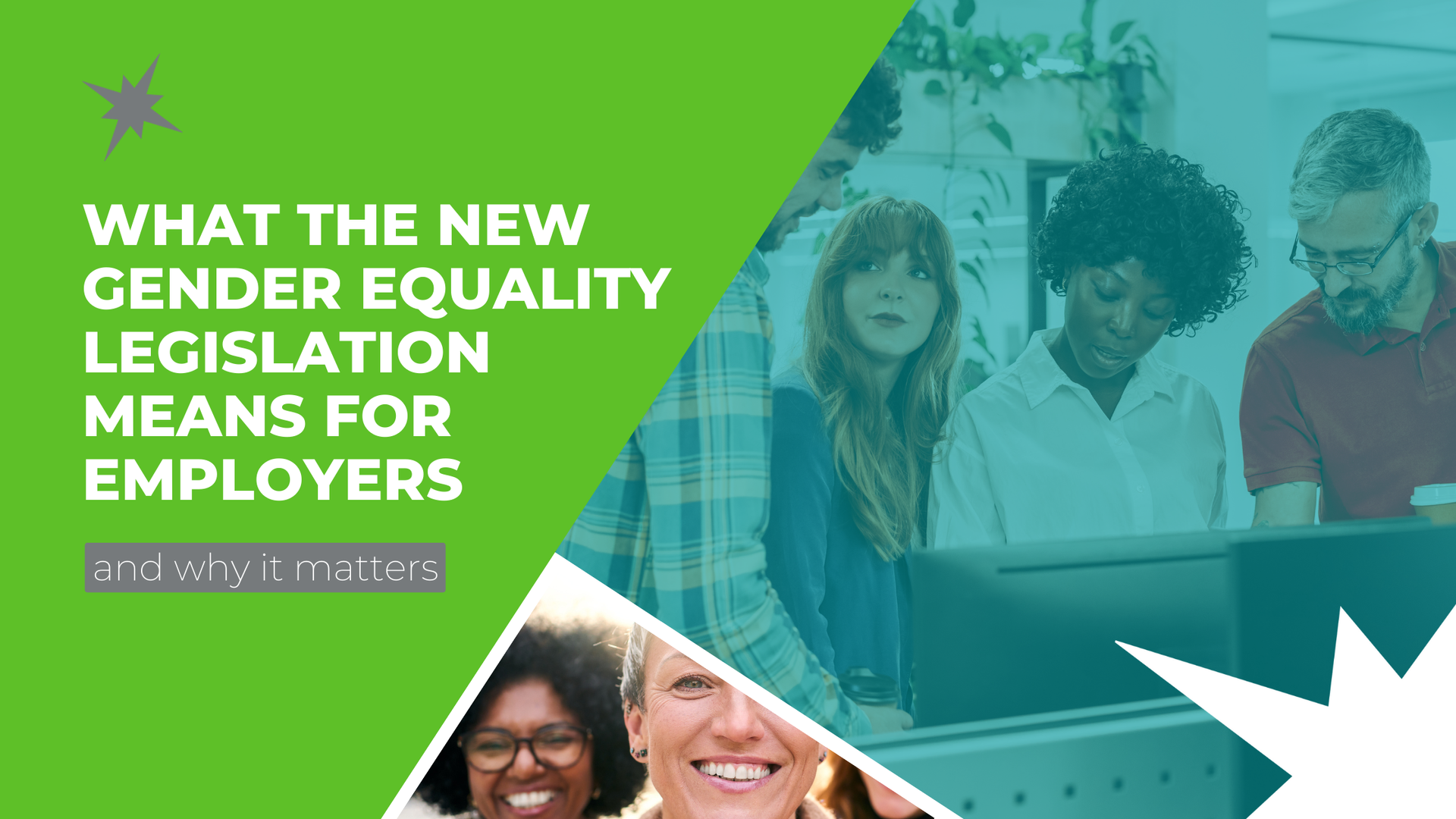Blog
< Back to Blogs
Relocating from the UK to Australia: What You Need to Know

A destination favoured by many workers, immigrants and tourists, Australia regularly ranks highly on global indexes for quality of life, economic security, healthcare and education.
As the world's largest island, Australia has abundant natural resources, endless coastline, a laid-back culture and political stability, making it a popular choice of destination for professionals around the world. Beyond the cliché images of suntanned Australians and exotic wildlife, there is also a maturing tech industry where competition for quality talent is high.
For technology professionals, career opportunities with strong jobs growth predicted for technology-related professions. The Australian Government has estimated the growing pace of digitalisation across a range of industries will create 250,000 new jobs by 2025. The number of technology workers in the country increased by 6.8% between 2018 and 2019.
If you're thinking about packing your bags and moving to Australia, our guide will cover all the essentials you need to know.
Lifestyle and Weather
Australia is notable for the amount of sunshine it gets relative to European and North American regions, making the climate more conducive to outdoor activities, such as days at the beach or park.
In a country of Australia's size, there are significant variations in climate from north to south and east to west. Much of coastal Queensland (especially north of Brisbane) shares a tropical climate with the top end of Northern Territory which is home to Darwin. The south-eastern coastal areas (Canberra, Adelaide, Melbourne, Sydney and Hobart) are relatively temperate with distinct seasons. In the western and central desert regions (Perth, Alice Springs), you can expect hotter and drier weather.
Although Australia's outdoorsy image is the most common perception of the country, those who prefer indoor entertainment also have many options to choose from. Every major city and town has its own take on café culture. The capital cities in particular feature a broad range of cuisines and experiences for foodies, wine lovers and coffee drinkers. You're bound to find something that suits your taste.
Beyond the towns and cities, the Australian outback offers a vast array of landscapes, including bushland, desert, rainforest and open plains, with a deep connection to Aboriginal culture and communities.
Sport remains a major national pastime. Rugby, football, cricket, netball, surfing and tennis are among the most popular competitive sports to watch and play, while many locals also like to frequent the gym, go for walks, swim and practise yoga.
Living Costs and Accommodation
The sky is the limit for property choices in Australia. In the apartment market, large cities tend to have the highest concentration of new dwellings. For detached houses, a broad range of housing types can all be found within the same city and across the regions.
Australia can be seen as a particularly expensive place to live, especially in Sydney and Melbourne, where living costs are on par with other large cities in Europe and the USA. Higher minimum wage and competitive salaries do make all the difference, however, and many workers coming from parts of Europe, Asia and the USA often find they can earn more in Australia.
When weighing up living costs, it's more accurate to look at city comparisons, as the differentials are markedly wider than those at country level. For example, at a national level, Australia is currently ranked 14th on the global Cost of Living Index, while Ireland ranks 16th, the Netherlands 17th, United States 26th and United Kingdom 27th. Comparing these rankings by city, Sydney is 42nd, while London is 34th, New York is 14th and San Francisco is 22nd.
Living slightly outside the city centre can also make a significant difference to your accommodation expenses, without missing out on the lifestyle.
Renting
If you are renting property in Australia, expect to buy your own furniture and appliances before you move in. Except for serviced apartments and some properties rented out using platforms such as Airbnb, rental properties are usually unfurnished.
Rental payments are generally made once a week, or once every two weeks, with rates advertised accordingly on real estate websites. New rental tenants must pay a deposit (sometimes referred to as a 'bond') upon signing a new lease, which usually equates to a month of rent.
The average weekly rent for a two-bedroom apartment is $509 (AUD) in Sydney, $419 in Melbourne,
$408 in Brisbane, and $569 in Canberra.
Buying
As is the case with the rental market, property in the largest eastern cities is the most expensive. The average asking price for a house is $1.746 million in Sydney, $1.163m in Melbourne and $1.097m in Canberra.
Anyone on a short-term visa or other form of temporary residency needs to apply to the Foreign Investment Review Board (FIRB) to purchase property in Australia. If you are buying a home with a partner who is an Australian citizen or permanent resident, you can avoid FIRB approval.
As a non-citizen, you will be able to apply for an Australian mortgage but may need to pay a higher deposit and increased interest rates compared with local tax residents. Property loans require an upfront deposit of 20% of the total purchase price in Australia. While local banks can accept a lower deposit in some circumstances, you will be expected to pay an additional ongoing 'mortgage insurance' rate if you can't pay the full deposit.
Each state and territory government also charges property buyers a form of transfer duty (or 'stamp duty'). It is a good idea to be aware of the transfer duty amount that will apply before you buy a home, as this effectively adds to the purchase price.
Tax, Visas, Healthcare and Pensions
Taxation
Tax returns are lodged with the Australian Taxation Office (ATO) each year and the Australian financial year starts on 1 July and ends on 30 June.
Australia, like the UK, US, New Zealand, Germany and Denmark, applies progressive rates of tax to individuals' income, but there are variations to this system according to your residency status.
Individuals who have moved to Australia for work may be considered either a foreign resident or temporary resident for tax purposes, and will be taxed at different rates to Australian permanent residents and citizens. People who are classified as foreign residents are taxed at a rate of 32.5 cents for each dollar on all income up to $120,000 AUD.
Note that different tax rates apply to temporary tax residents depending on the visa categories they fall under, such as those who are working under visa subclasses 417 or 462. To learn more, visit the Australian Taxation Office website, which is the central source of information on tax in Australia. The tax system in Australia can be complex, so it may also be worthwhile enlisting the help of an accountant.
Visas and Immigration
Australia offers a number of different working visas depending on the skills and experience you have, and where you want to live. Before you travel to Australia, it's important to have the visa that matches the kind of work you will be doing. The best starting point for finding the right visa is the Australian Department of Immigration's visa finder website. Speaking to a tech recruitment specialist in Australia can also provide you with current information.
As demand for technology professionals is especially high in Australia, a range of IT jobs are eligible for visa applications. To search the roles currently eligible for visas and sponsorship arrangements, please search the Skilled Occupations List provided by the Department of Home Affairs.
Employer sponsorships are also available depending on your occupation, where you plan to live in Australia and how long you intend to stay. You can obtain a sponsorship by finding a sponsor yourself, or submitting an expression of interest (EOI) using SkillSelect, which is free. While SkillSelect is not an actual visa application, it does allow you to be found and nominated for an Australian visa by local employers.
Healthcare
Australia is renowned for its world class healthcare system, which ranked third overall (behind Norway and the Netherlands) in the 2021 Commonwealth Fund healthcare report, a comparison of healthcare systems in 11 high-income OECD countries.
The universal health insurance scheme in Australia is known as Medicare, and gives individuals access to a range of health services including GPs and hospital visits. Individuals are also able to buy discounted prescription medication under the Pharmaceutical Benefits Scheme (PBS).
Workers who are in Australia under specific temporary or permanent visa categories can also access Medicare. These visas include the Skilled Independent Visa (subclass 189), the Skilled Work Regional Provisional visa (subclass 491) and the Skilled Employer Sponsored Regional Provisional visa (subclass 494).
To ensure you are prepared for any potential gap in coverage, it is sensible to have private health insurance before you arrive in Australia. If you are not eligible for Medicare, you will need to hold adequate private health insurance throughout the duration of your stay.
Pensions
Mandatory pension savings schemes in Australia are collectively referred to as superannuation, or 'super'. Individuals can only access their super funds at retirement age, except in certain circumstances.
Australian organisations are required by law to stipulate your superannuation in your employment contract. Employers are legally obligated to pay a minimum rate of 10% of your income, before tax, towards your super fund. (Note that the minimum rate is set to increase to 12.5% by 2025.)
Individuals have the right to choose which superannuation fund they want to use, although many workers initially opt into their employer's chosen fund when they start a new job. Be aware that if you change jobs and acquire multiple super funds over time, you could be paying unnecessary fees and charges.
Summary
Life in Australia can be an incredibly rewarding experience. It's a country with so much to offer to ambitious professionals who are looking for a lifestyle change. Steady hiring demand for technology workers means there are plentiful options for IT specialists to find work and enjoy either a short stay or settle down long term.
Moving to another country is of course a major decision, with lots of moving parts involved and details that need attention. A local recruitment specialist can be invaluable for guidance and helping you connect with your ideal role and employer.
To find out how our team can help you land your dream job Down Under, get in touch with our Technology, Digital, Project and Business Transformation recruitment specialists.
Share This Article
Recent Articles


Filter By Category
Subscribe to our News & Advice
We will get back to you as soon as possible.
Please try again later.





All content copyrighted Enterprise IT Resources © All rights reserved | Privacy Policy | Collection Statement | Powered with 💚 by Shazamme









